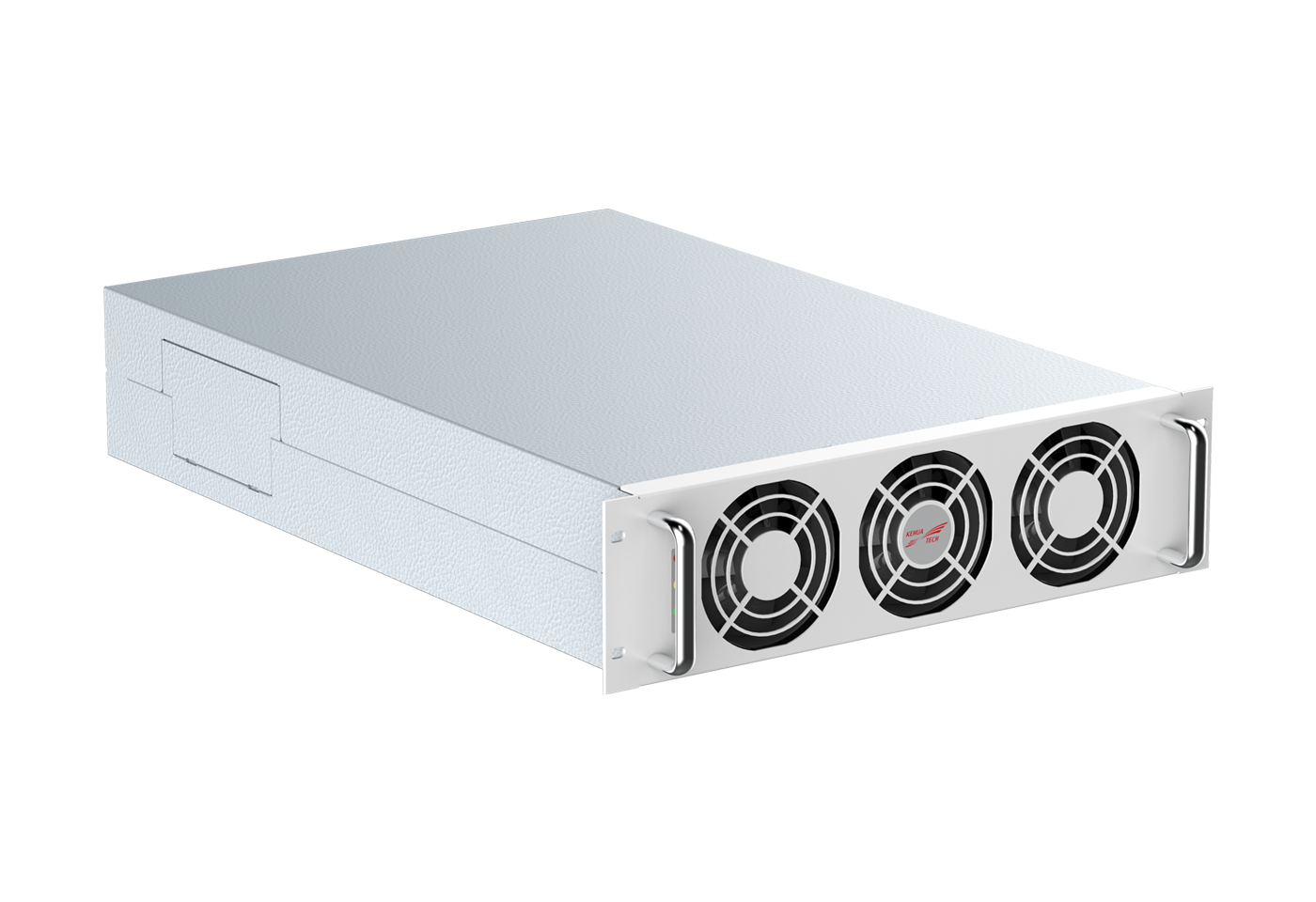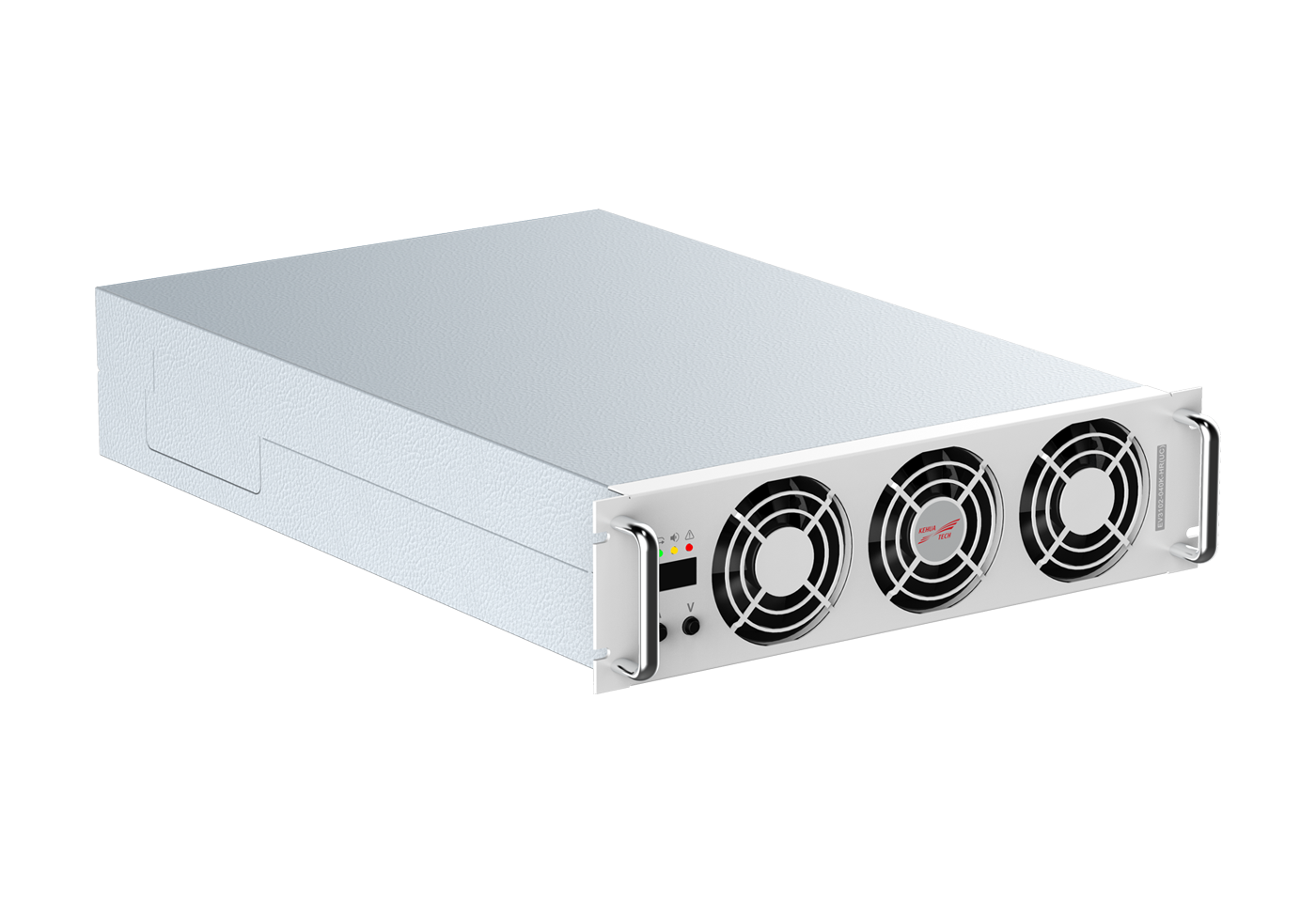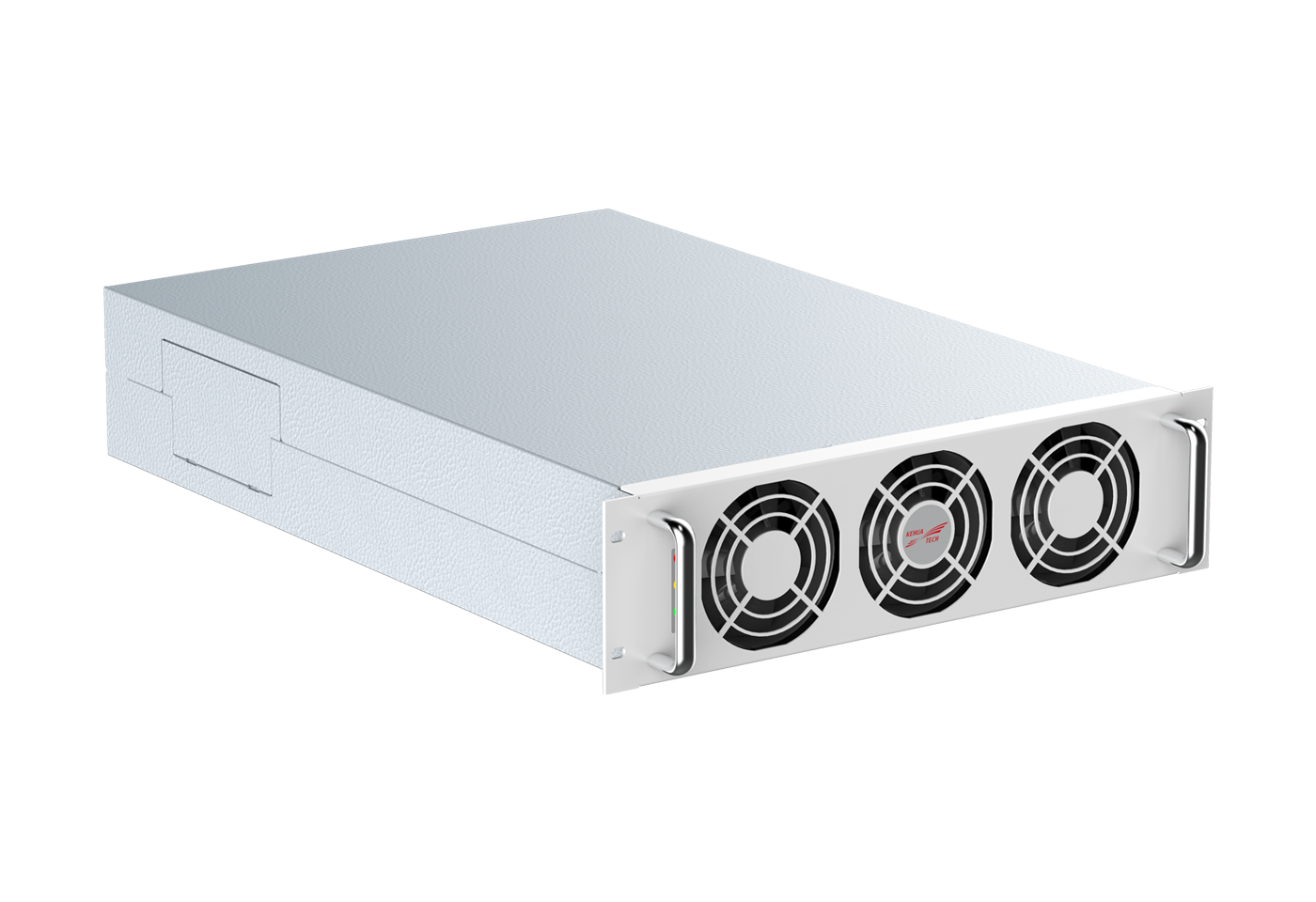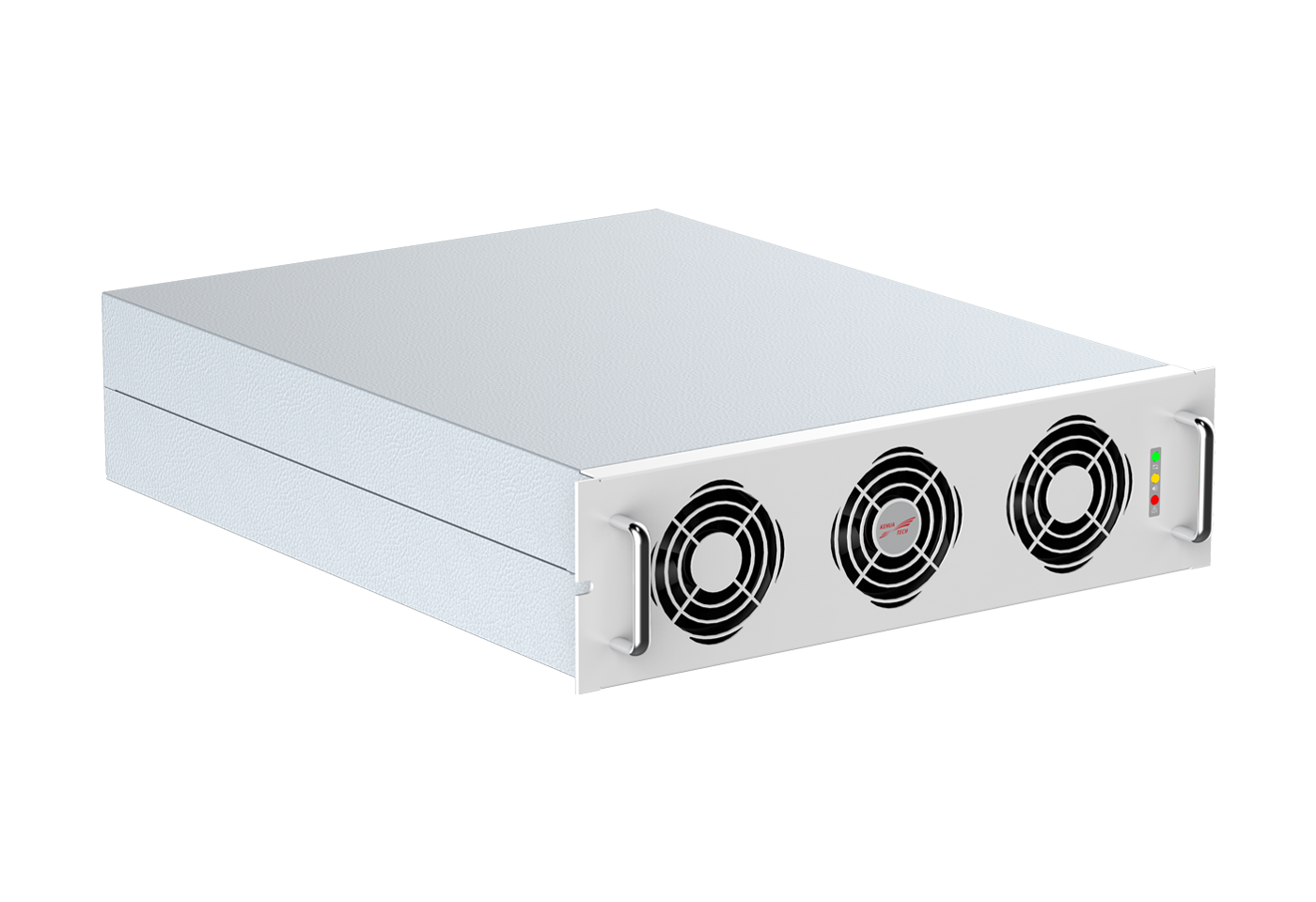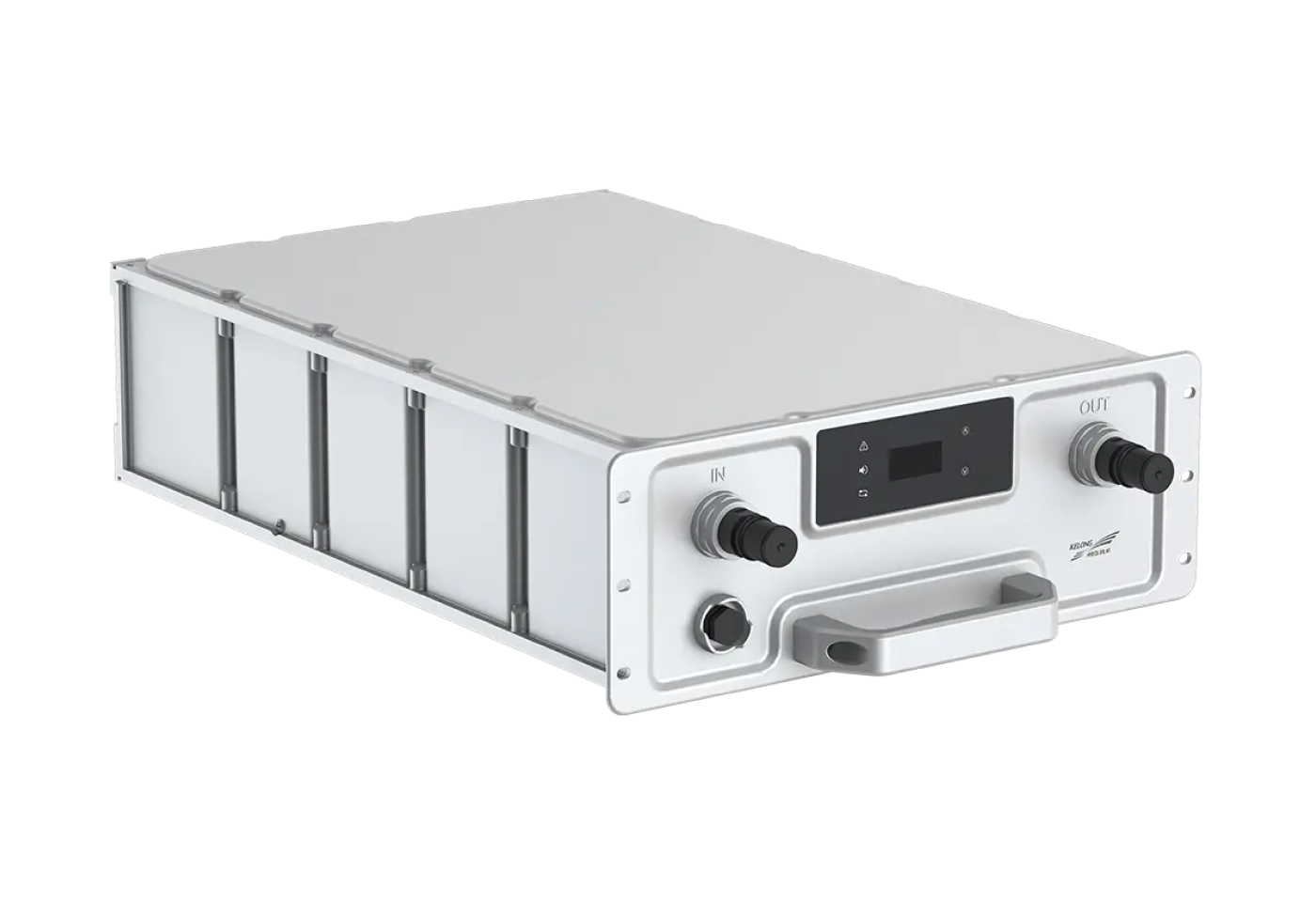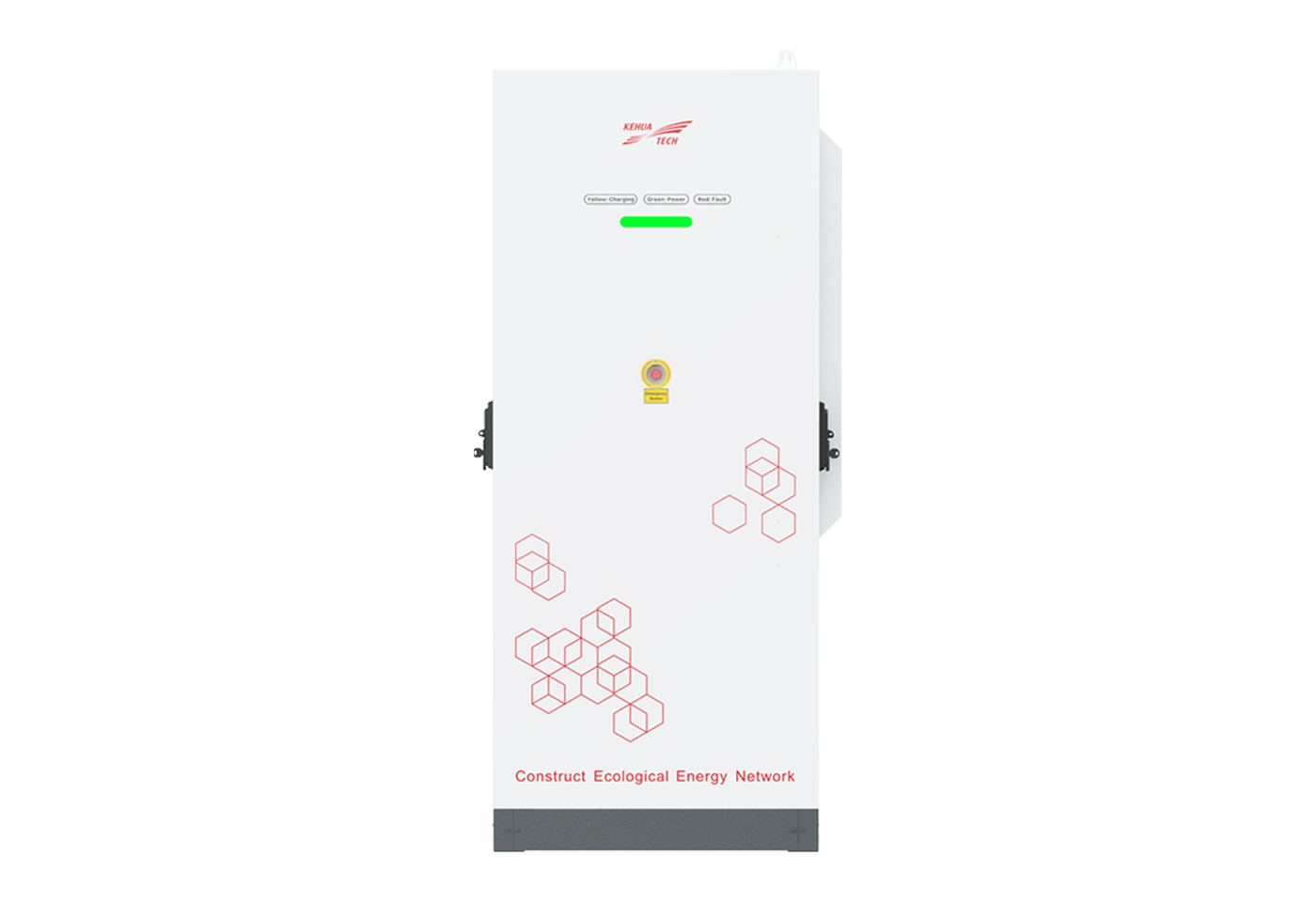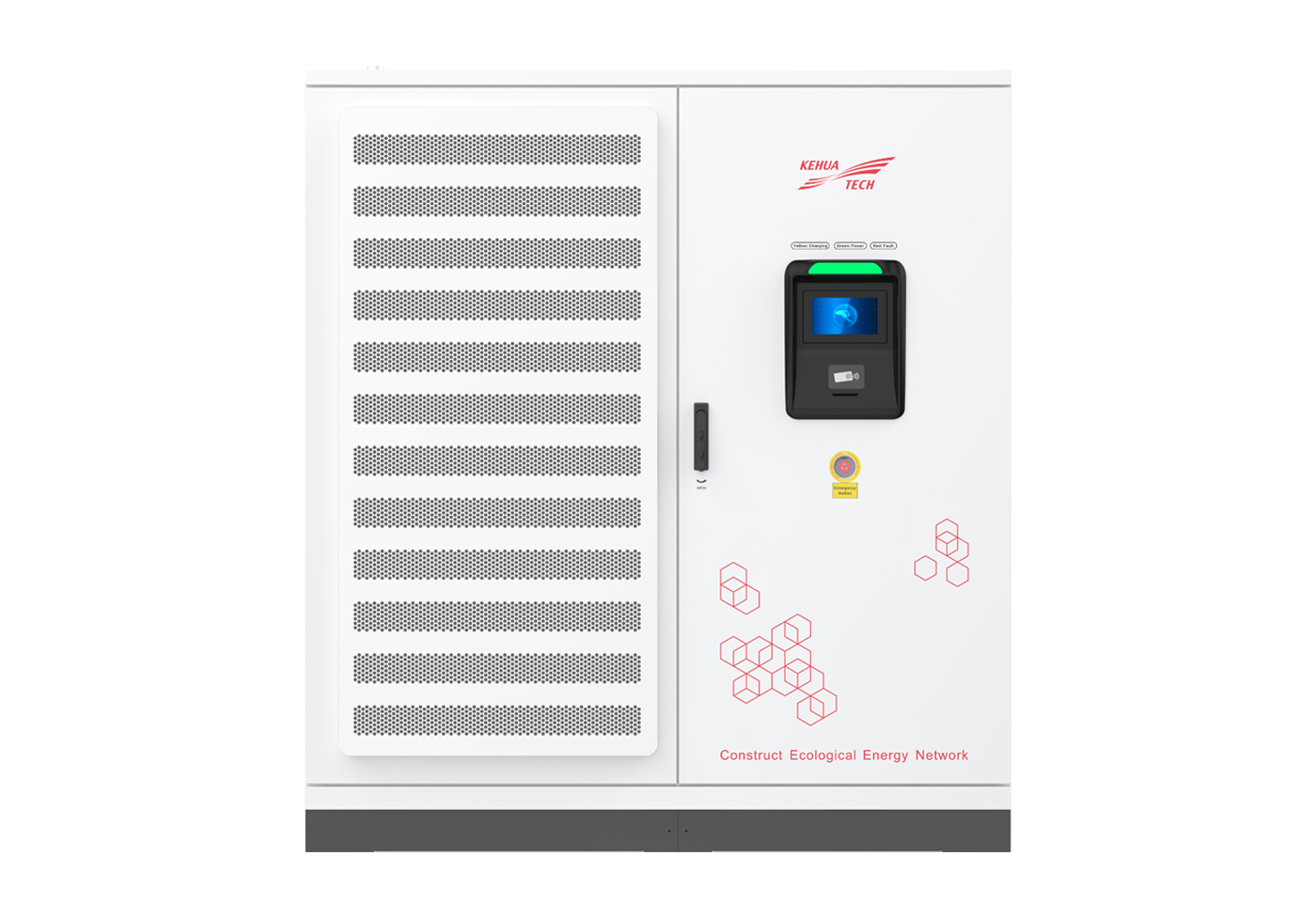Challenges in High-Power Charging Systems: How Kehua's Power Units Help Overcome Obstacles
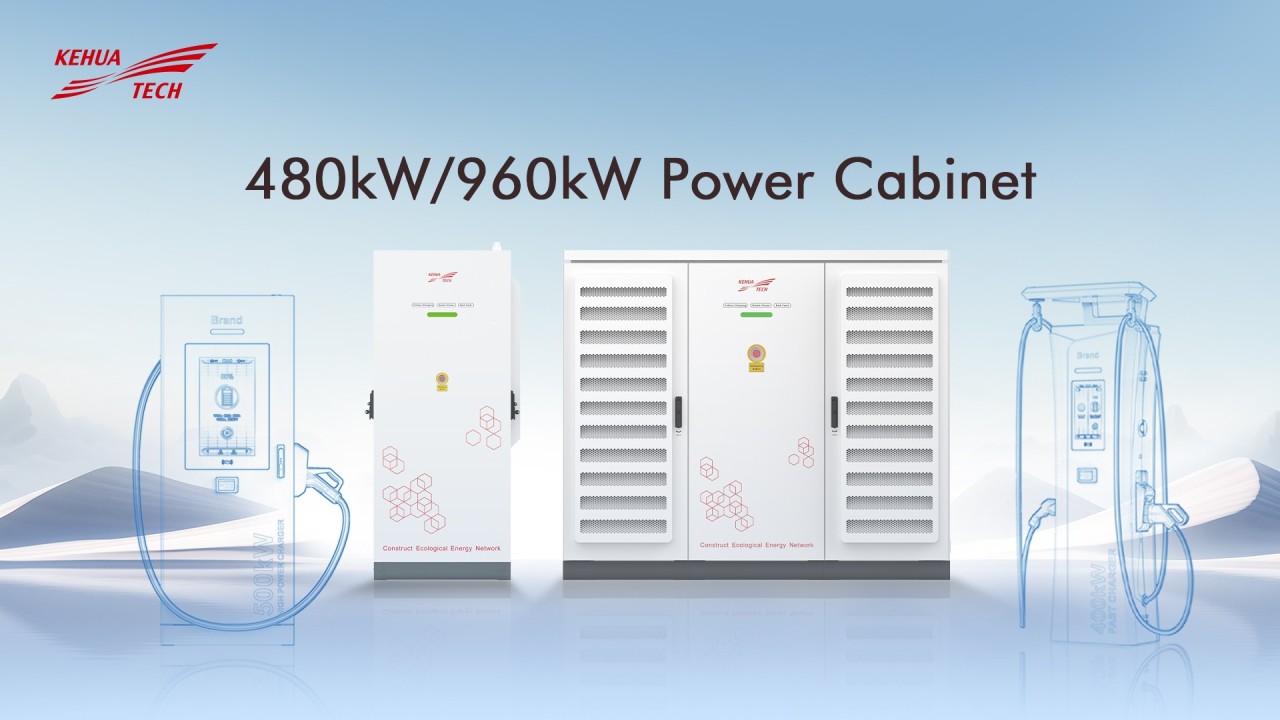
With the rapid growth of the global electric vehicle (EV) market, upgrading charging infrastructure has become a key focus for the industry. In Europe and the U.S., high-power charging systems are essential to meet the demand for efficient charging, handle the rising number of vehicles, and accommodate users' expectations for ultra-fast charging. However, the industry's development is not without challenges, as these systems face numerous issues related to scalability, cost-effectiveness, and operational efficiency. In this context, Kehua has introduced its innovative, efficient, air-cooling high-power power unit, offering breakthrough solutions that help advance the industry and elevate charging infrastructure.
Global Market Trends in High-Power Charging:
Europe: According to the status from CICC Research, European Commission, P3 Analysis, as of 2023, Europe had 8.5 million EVs and 81,737 DC charging points. By 2030, EV numbers are projected to rise to 55.3 million, and the number of DC charging points is expected to grow to 500,000. Fast charging points with 350kW+ are rapidly increasing, with 8,426 in 2023 and an anticipated 14,350 in 2024, a 41.2% growth rate. Regulations under the AFIR mandate that by 2030, every 100 km of heavy-duty transport core networks must have a 1500kW charging station, with at least two 350kW charging outlets.
U.S.: According to the status from AFDC and NREL, by 2023, the U.S. had 4.34 million EVs and 37,920 DC charging points. By 2030, the EVs are expected to reach 34 million, with 182,000 DC charging points. In 2023, installations of 350kW+ DC fast chargers grew 17.1% compared to the previous year. By 2030, these chargers are expected to make up 30% of all U.S. DC chargers, becoming a key part of network investments.
Despite strong global demand for high-power charging systems, several challenges remain in their implementation:
- Grid Constraints and Low Power Utilization As charging demand increases, grid load pressure rises. Allocating power effectively and improving utilization under grid limitations becomes a major challenge for high-power charging systems. Kehua's power unit use full-loop PDU technology to dynamically allocate power based on real-time demand, allowing for single power module scheduling and maximizing output channels, resulting in a 30% increase in power utilization.
- Poor Scalability With growing charging demand, the scalability of power in charging stations has become a pressing issue. Kehua's power unit supports power expansion and total power upgrades between units, enabling 2–4 parallel 480kW power units with a maximum output of 1920kW, flexibly meeting the needs of charging stations of varying sizes. The standard design of the power unit allows a single product specification to cover multiple power needs, reducing inventory variety and stocking pressure, while optimizing capital efficiency by avoiding excessive inventory investments.
- Adaptation to Harsh Environments Charging stations globally face extreme climate challenges, such as severe cold in Northern Europe, high temperatures in desert regions, and high humidity and salt fog in coastal areas, which test the stability and reliability of charging equipment. To address this, Kehua’s power unit features high-protection charging modules with a wide working temperature range (-40°C to 75°C), ensuring stable operation in extreme conditions. Designed to meet IP54 protection standards, the power unit uses automotive-grade coatings on circuit boards to effectively prevent damage from high humidity and salt fog, ensuring reliable performance in diverse environments.
- Noise Management High-power air-cooling charging system generates significant noise, affecting the operational environment and user experience, especially in urban areas or high-traffic zones. Kehua’s power unit employs advanced noise control technologies, including 4-dimensional fan noise reduction power module, intelligent PWM speed control low noise fan, and a labyrinth airflow design that extends the noise path. The strategic placement of sound-absorbing materials in the 500-4000Hz frequency range minimizes noise pollution.
- System Reliability In high-power charging systems, stability and reliability are crucial. Factors such as outdoor protection, module reliability, system cooling design, grid adaptability, and software communication stability directly impact operational efficiency and maintenance costs. To address these, Kehua’s rectifiers use in-house developed, highly reliable 40kW SiC modules, offering high efficiency, reliability, and protection, significantly enhancing the power unit’s overall performance and lifespan. By utilizing various simulation platforms, Kehua optimizes designs early, ensuring system stability and reliability. Additionally, the power unit is equipped with data monitoring platforms that track the status of critical components, reducing debugging and maintenance costs.
- Energy Efficiency and Lifecycle Economics Kehua’s SiC high-efficiency modules achieve peak efficiencies of 97%, 0.5% higher than silicon-based modules. The power unit’s PDU control logic integrates efficiency optimization algorithms to ensure modules operate at peak efficiency, improving overall system efficiency by 0.8%. Kehua continuously optimizes R&D and manufacturing costs, extends product life cycles, reduces failure rates and maintenance, and supports product scalability and upgrades, offering a low-cost control solution over the entire product lifecycle.
Despite the challenges faced by high-power charging systems globally, Kehua has successfully addressed multiple industry pain points with its innovative technologies and solutions. From dynamic power distribution to scalability, environmental adaptability, noise control, system reliability, and lifecycle economics, Kehua's power unit provides practical, effective solutions. With continuous technological improvements, Kehua’s power unit not only supports the global development of EV charging infrastructure but also help drive the industry toward a more efficient, reliable, and sustainable future.

